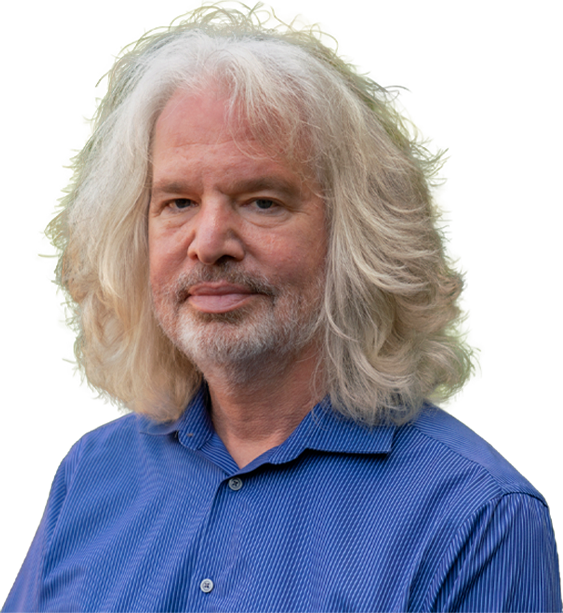As more leaders recognize the benefits of coaching, they start to actively build a coaching culture within their organizations.
A coaching culture means that an organization will promote coaching behaviors as a means of management, communication, and learning. They are focused on the development of the employees, with the main objective of helping them reach their full potential.
The problem is, many organizations are often unable to provide their leaders with the right coaching tools and frameworks to help their coaching process. Although coaching is a highly individualized process, leaders still need to draw upon techniques and tools to ensure that it can drive real improvement.
Marshall Goldsmith’s Coaching Process
Marshall Goldsmith believes in creating a transferable coaching process. A system that can easily be taught and applied by coaches and leaders all over the world. A process that can provide results that are just as effective as if they were trained by Marshall himself and works just as well with every level of management.
We have trained huge corporations like GE and thousands of coaches and leaders to use this coaching process — with fantastic results. Today, we will be sharing Marshall Goldsmith’s coaching process so that you can help leaders in changing their behavior and improving their leadership skills.
1. Determine the desired behavior
Leaders cannot be expected to improve their behavior if they don’t understand what the desired behavior looks like. This is where you can help them model the desired behavior that they should work towards in their leadership role.
2. Choose key stakeholders
Being known for our stakeholder-centered coaching methodology, we put importance on the involvement of stakeholders during the coaching process. Once the leaders are clear on what behavioral goal they want to achieve, they also have to identify who the key stakeholders are.
Sometimes leaders can deny the validity of the stakeholder’s feedback. By having our clients and their managers agree on the goal and key stakeholders from the start, we can ensure that they trust the process. Key stakeholders can be peers, managers, board members, or everyone who works together with the individual being coached.
The least number of stakeholders Marshall Goldsmith has ever had is eight and the most is 40. There are no strict rules on how many stakeholders should be involved, but the average number is around 15-20 stakeholders.
3. Collect feedback from stakeholders
In Marshall Goldsmith Stakeholder Centered Coaching®, there are two ways to collect stakeholder feedback. When coaching CEOs or other C-suite executives, we will personally interview all key stakeholders to get honest feedback on the leader.
Questions for the key stakeholders:
Question 1: What is this person doing well?
Question 2: What does this person need to change? What suggestions do you have?
Question 3: Imagine you’re this person’s mentor, coach, or advisor on any topic large or small, what advice would you have for this person?
This more involved level of feedback makes sense because the company is making a real investment in the leader’s development. However, for the lower levels of the organization, a traditional 360° feedback can work just as well and it’s more affordable.
Either way, feedback is critical to the success of the coaching process. We cannot evaluate behavior change if there are no agreements on what behavior needs to be changed.
4. Agree on key behaviors to change
Together with the leader and their managers (unless you’re working with the CEO), pick key areas to work on. Try to stay focused on 1-3 goals, as it ensures that the leader can give their maximum effort and attention to the most important behavior. This ensures that we won’t waste time trying to improve the wrong behavior and we can increase the probability of improvement.
5. Have leaders respond to key stakeholders
The key to the success of our process is not us talking to the leaders, but the leaders talking to their co-workers. So, aside from collecting feedback from key stakeholders, you should also ask the person being reviewed to talk with each stakeholder and collect additional “feedforward” suggestions on how to improve on the key areas targeted for improvement.
Don’t forget to remind the person being coached to keep the conversation simple, positive, and focused on actively listening — not judging their suggestions. When mistakes have been made in the past, it’s generally a good idea to apologize and ask the stakeholders for support in changing in the future.
Here is some advice you can give your stakeholders when providing suggestions:
- Let go of the past: Whatever mistakes the leader has committed in the past, there’s nothing we can do about that. If you bring up the past, it can demoralize people. What we should focus on instead is how we can help the leader do better in the future.
- Tell the truth: It’s important to remind the key stakeholders that telling the truth is crucial to achieving change and improvement for the leader.
- Be positive and supportive: We all have made mistakes, so it’s important to not be cynical or sarcastic when it comes to providing feedback or suggestions for the leader.
- Ask the stakeholder to pick something to do better too: This way, the effort to strive for improvement goes both ways.
The conversation should be similar to this
The leader: “I want to get better at [Insert goal], please help me.”
The stakeholder: “First, thank you so much for doing this. I appreciate you putting in the effort. I’m going to do my best to help you. I’m going to give you ideas for the future. [Insert ideas]. Here’s something I can improve [Insert goal].
6. Review suggestions and develop an action plan
After receiving suggestions from key stakeholders, it’s time for the leader to create an action plan. As a coach, you can provide ideas throughout the process, asking them to listen to your ideas in the same way they are listening to ideas from their stakeholders. The action plan needs to come from them — our role here is to review and encourage them to live up to their commitments.
As Marshall Goldsmith says “I am much more of a facilitator than a judge. My job is to help great, highly motivated, executives get better at what they believe is most important – not to tell them what to change.”
7. Create an ongoing follow-up process
Following up with the leader is the most important part of the coaching process. The leaders can ask their key stakeholders questions like “Based upon my behavior last month, what ideas do you have for me so that I can improve next month?”. These kinds of questions keep the focus on the future, making the follow-up process efficient and focused.
Within six months, you can conduct a Mini-Survey consisting of 2-6 question items. Ask stakeholders to respond to these questions using a Likert scale or an interval rating scale. The goal is to ask them whether the leader has gotten better, worse, or stayed the same in the areas targeted for improvement.
8. Review and repeat
If the leader is taking the coaching process seriously, the stakeholders will almost certainly report improvement in their behavior. We will then build on that success by repeating initial goals and uncover additional areas of improvement. The stakeholders won’t mind filling out a simple questionnaire to see if they see positive results, and the person being coached will benefit from constant follow-up and targeted steps to improve their behavior.
9. End the coaching process when results have been achieved
Our goal in coaching is not to create a dependent relationship between us and the person being coached. That is why, when they have achieved the desired results on targeted behavior, we should stop the coaching process. You can always keep in touch with your coachees for however long you like, but you don’t need to have an ongoing business relationship.
Can you see why this is a transferable coaching process?
Marshall Goldsmith emphasized that everything in this process is not driven by him or you as a coach. It’s from the leader you’re coaching and everyone around them.
Source: Marshallgoldsmith.com
Share this:



12 Comments
Leave your reply.
Enjoyed every bit of your post.Really thank you! Much obliged.
Very neat blog.Much thanks again. Much obliged.
Thanks for sharing, this is a fantastic article.Much thanks again. Cool.
Thanks-a-mundo for the blog. Cool.
I am so grateful for your blog post.Thanks Again. Really Cool.
Major thanks for the blog post. Cool.
Thank you for your article.Really looking forward to read more. Awesome.
Awesome blog post.Much thanks again. Want more.
Looking forward to reading more. Great post.
Really enjoyed this article post.Really thank you! Really Cool.
I value the blog post. Want more.
Looking forward to reading more. Great blog.Really thank you! Keep writing.